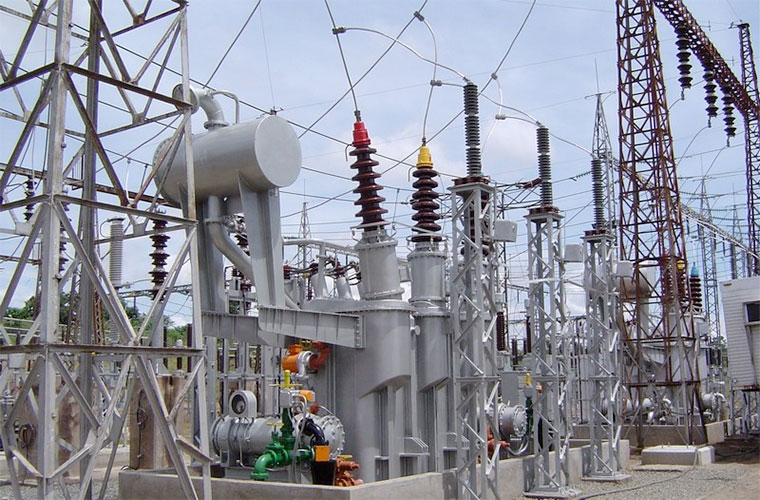Uganda’s industrial landscape is set for a major transformation as the Electricity Regulatory Authority (ERA) introduces new regulations allowing manufacturers and large-scale electricity consumers to purchase power directly from generation companies. This landmark reform eliminates intermediaries like Umeme and the Uganda Electricity Transmission Company Limited (UETCL), aiming to lower energy costs and boost Uganda’s competitiveness as a manufacturing hub.
Under amendments to the Electricity Act, manufacturers with a minimum power demand of 1,500 kVA can now negotiate direct supply contracts with power generators. Grid-connected manufacturers must purchase at least 30% of their electricity in bulk, while isolated industrial consumers can bypass middlemen entirely.
According to Julius Wandera, ERA’s Director of Corporate and Consumer Affairs, this policy will have a transformative impact.
“By allowing direct purchases, factories—especially those near power plants like Bujagali—can negotiate lower tariffs. This will reduce production costs and position Uganda as a more attractive industrial destination,” he explained.
This move aligns with the government’s broader strategy to stimulate economic growth by cutting electricity tariffs from an average of 6.3 cents per kilowatt-hour to a targeted 5 cents. President Museveni has long championed energy sector liberalization, advocating for affordable power to drive industrial expansion.
For years, Uganda operated under a single-buyer electricity model, where all power was purchased through UETCL and UEDCL before reaching consumers. While this system ensured market stability, it also created inefficiencies, leading to high distribution costs and limited accessibility for rural industries.
The 2022 amendments to the Electricity Act paved the way for market liberalization, allowing for more competition in electricity supply. With the new policy, manufacturers can expect; Lower electricity costs by cutting out middlemen, Fewer supply disruptions through direct contracts and more control over their energy consumption and long-term planning.
This shift aligns Uganda with global best practices, where direct power purchase agreements (PPAs) have reduced industrial electricity costs and spurred manufacturing growth. Countries like Kenya and South Africa have adopted similar models, seeing increased investments in their energy and industrial sectors.
By eliminating intermediary costs, Uganda is positioning itself as a more attractive destination for industrial expansion. The manufacturing sector—historically burdened by high electricity tariffs—is expected to benefit significantly.
Beyond cheaper power, the policy could encourage manufacturers to relocate closer to power generation sites such as the Nile hydropower plants and Karuma Dam. This decentralized industrial growth model would; ease pressure on urban infrastructure in Kampala, Create jobs in underdeveloped regions and encourage new energy investments from independent power producers (IPPs).
Industry leaders have welcomed the reform, describing it as long overdue.
“Electricity costs have been one of the biggest barriers to industrial growth in Uganda,” said a spokesperson from the Uganda Manufacturers Association. “This move will not only reduce expenses but also create a predictable power supply framework, allowing businesses to plan for the future.”
While direct power purchases mark a major step forward, the government is also exploring broader initiatives to reduce electricity tariffs across all sectors. The cost of power generation is already falling—for example, Karuma Dam now produces electricity at less than 4 cents per kilowatt-hour. The challenge remains to ensure these savings reach small businesses and households.
The success of this reform depends on effective regulatory oversight. Analysts warn that while manufacturers stand to benefit, careful management is needed to prevent market distortions and ensure supply reliability.
As Uganda moves towards a more open and competitive electricity market, this policy shift marks the end of a monopolized system and the beginning of a market-driven energy sector. The ability for manufacturers to secure their power deals is a game-changer, promising lower costs, increased investment, and greater energy stability


